
GUEST BLOGGER SARA LEVINE
In THE ANIMALS WOULD NOT SLEEP, Marco must put away his vast collection of stuffed animals at bedtime. But the animals will not cooperate. They are not happy with the various sorting categories this young scientist creates. They leap, fly and slither out of their bins. Some grow overtired and begin to cry. Can Marco sort his animals in a way that satisfies his scientific and mathematical mind while also taking care of the emotional needs of his stuffies?
The Storytelling Math series (Charlesbridge Publishing) features math in fictional stories that celebrate diversity. My book focuses on the key math and science concept of sorting. How are things different and how are they the same?
The activities I suggest below will help children to develop an understanding of this sorting concept as they learn to make sense of the world.
Sorting using Marco’s categories
Collect a pile of stuffed or plastic animals (or use pictures of animals). Ask children to sort them into the categories Marco uses in the book. Providing three labeled baskets or bins will make the activity extra fun. Marco sorts the animals by three different groupings: size, method of locomotion, and by color.
- Small, Medium and Large
- Flying Animals, Swimming Animals, Animals that Move on Land
- Mostly Brown, Black and White, Colors of the Rainbow
If it doesn’t arise organically, be sure to point out that some animals don’t fit easily into these categories. For example a frog both walks on land and swims. Another animal might not easily fit into the medium or large group but fall somewhere between the two. Categories are just our way of organizing things, but explain that it’s not possible to make everything fit. The exceptions are exciting entryways into discussion with children.
Collect a pile of random objects such as toys, office supplies, tools, utensils, recycling or leaves found on a nature walk. Create categories similar to Marco’s, and sort the objects into those two or three categories. Some categories that work well include:
- what the object is made of (plastic, wood, metal, other)
- the weight of the object (heavy or light or in between)
- the function (things I’d use at in the classroom, things I’d use for eating, toys, etc)
Begin the activity by suggesting some categories, and then invite children to create their own categories. Sort and then discuss. It’s often useful to have a category called “things that don’t fit into any of the categories.”
Guess the category
Arrange a group of objects into two piles by category and have the child guess what the category is. For example, put all of the big objects in one pile and the small ones in the other. Once they have mastered this, invite children to create the piles and challenge you to guess the categories. Be creative here. If you are doing this with your own child, for example, you might divide the objects into Toys Grandma Gave You and Toys Grandma Didn’t Give You. Being silly and keeping the activity relevant to the individual kid keeps math engaging and fun.
Sorting using science
This time, use the real scientific categories that are used to group animals and discussed in the back matter of the book. Depending on the age and knowledge base of the child, the categories can be simple or more complex. Young children can divide their stuffed animals up into vertebrates (animals with bones) and invertebrates (animals without bones). For children who are ready to learn more, the vertebrates can be divided further into Mammals, Birds, Fish, Amphibians and Reptiles.
Sara Levine is an educator, veterinarian and award-winning STEM writer. Her picture books, which include Bone by Bone, Tooth by Tooth, Flower Talk and The Animals Would Not Sleep!, have received theAAAS/Subaru SB&F Prize, the Beehive Book Award, the Cook Prize Honor and the Mathical Book Prize. http://www.saralevinebooks.com/, @saraclevine (twitter) @saralevinebooks (instagram)


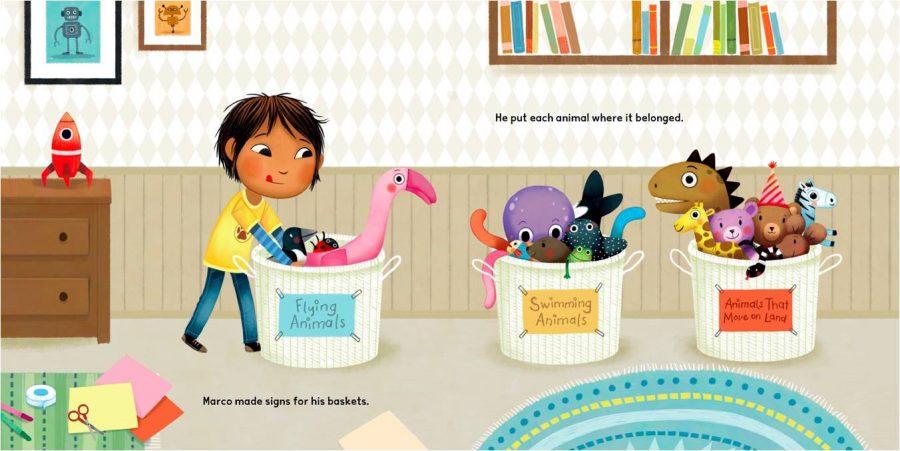
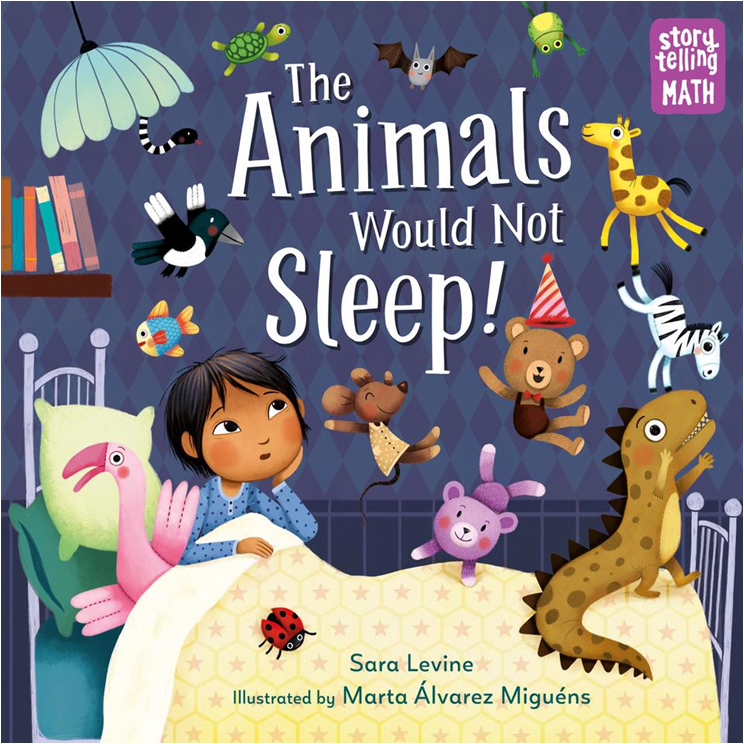
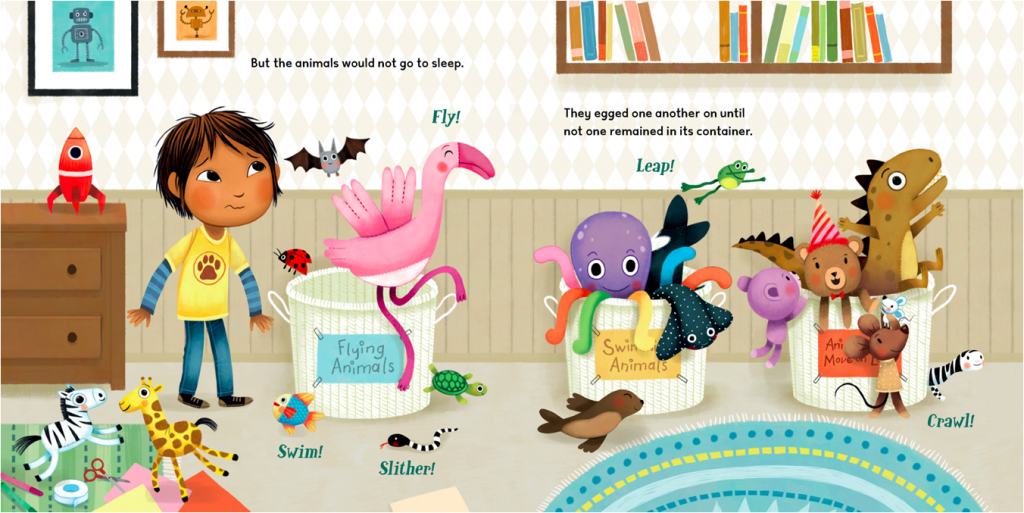
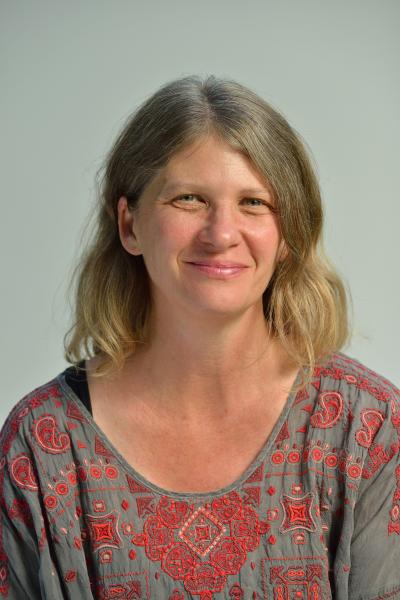

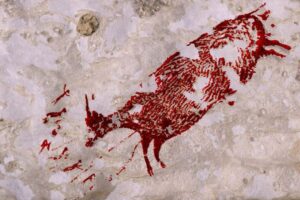
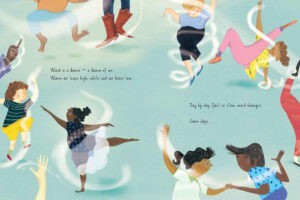


Leave a Reply
Your email is safe with me.